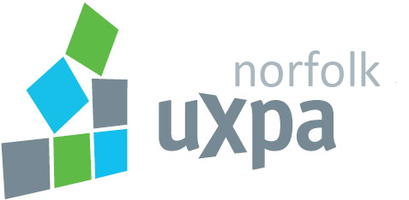Gainesville's 1st; we're 137th
New edition of "Cities Ranked and Rated" says region's livability has dropped.
We're not the area we used to be.In 2004, the first edition of the book "Cities Ranked & Rated" placed the Hampton Roads region 17th in a ranking of the top cities in the United States. In the second edition, which hit bookstores this week, the region drops precipitously to No. 137.
The rankings -- done by authors Bert Sperling and Peter Sander, demographic researchers known for the Sperling's Best Places online site -- are based on 10 primary criteria that would affect residents' quality of life.
The authors note that the Hampton Roads area's drop in the rankings is largely attributable to two factors -- the drop in job growth projection since 2004 and the increase in housing prices in that time frame.
Gainesville, Fla., tops the current ranking, followed by Bellingham, Wash.; the area including Portland, Ore., and Vancouver, Wash.; Colorado Springs, Colo.; and Ann Arbor, Mich.
Here is a quick look at how Hampton Roads compares to national averages according to some of the book's data:
POPULATION: The area has a population of about 1.65 million people, with a density of 626 people per square mile (compared to the national average of 358). The area's population is up 16.7% since 2002 (national increase of 21%).
ECONOMY AND JOBS: The area's average household income is $49,335 (compared to a national average of $46,414). Hampton Roads' recent job growth is 2.2% (compared to a national average of 1.3%), but its projected future job growth is 11.4%, just below the national average of 11.5%.
INDEXES AND TAXES: The region's cost-of-living and buy-power indexes are slightly above the national average. The income tax rate is above average (5.75% compared to national 4.7), but the sales tax is below average (5.03% compared to national 6.58%). But since 2002, the area's home appreciation rate has been 91.3%, compared to a national average of 10.1%.
CLIMATE: The region's temperatures are mild, with an average of 84 days below freezing or above 90 degrees (national average, 127 days).
EDUCATION: Public schools in the area spend an average of $5,122 per pupil, below the national average of $5,686. But the region's students score slightly higher on standardized tests than the national average.
HEALTH AND HEALTHCARE: The area scores well in air and water quality, but has a higher than average pollen/allergy score. The average doctor and dental visits in Hampton Roads ($67 and $61, respectively) are about $10 cheaper than the national average.
TRANSPORTATION: The area's average annual auto insurance premium is $1,805, almost $400 higher than the national average.
LEISURE: The area scores high for is 69 miles of coastline and gets high marks on the "amusement park rating" and the "botanical garden rating." Hampton Roads was below average in outlet malls but has twice as many Starbucks coffeehouses as the average U.S. city.
ARTS AND CULTURE: Hampton Roads has 50 public libraries (compared to 27 in the average region) and scores well for classical music, ballet/dance and professional theater. The area is well above average in all museum ratings - art, science, children's museums and overall.























No comments:
Post a Comment